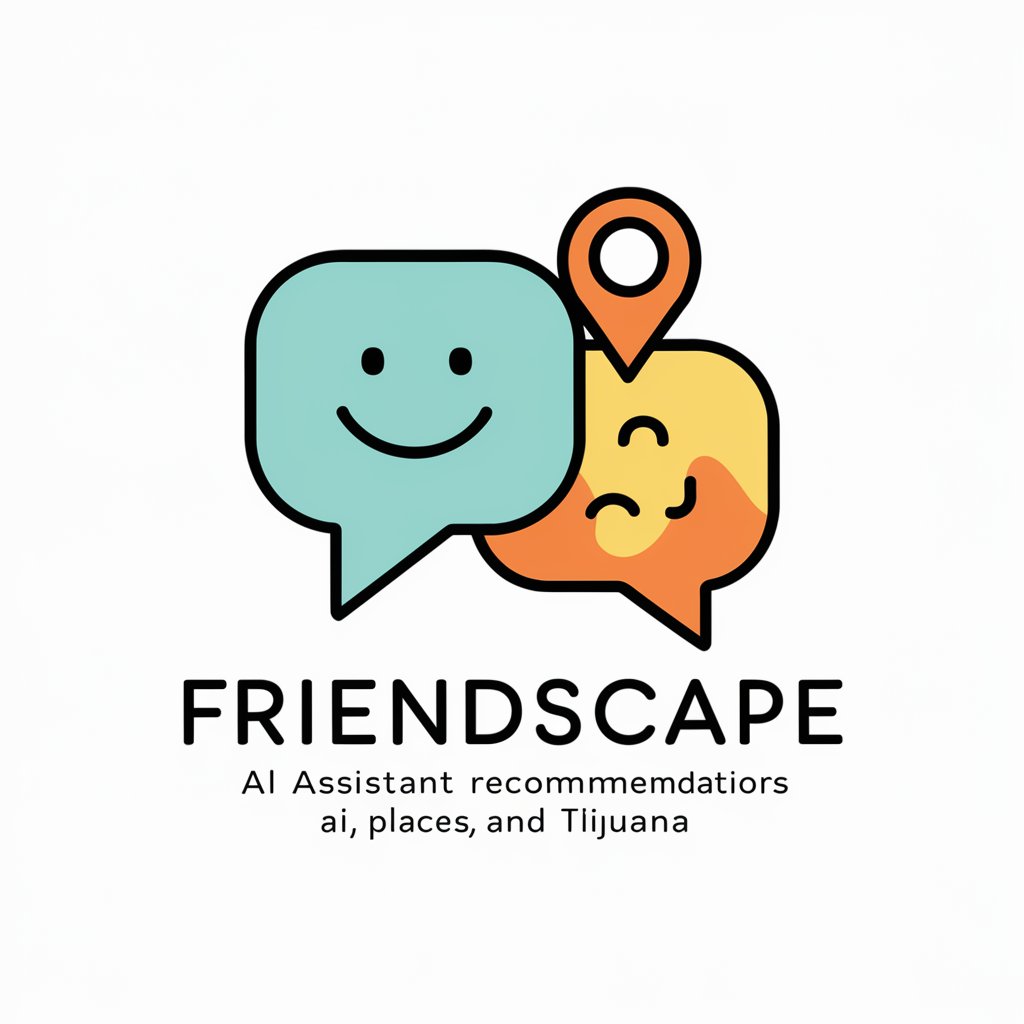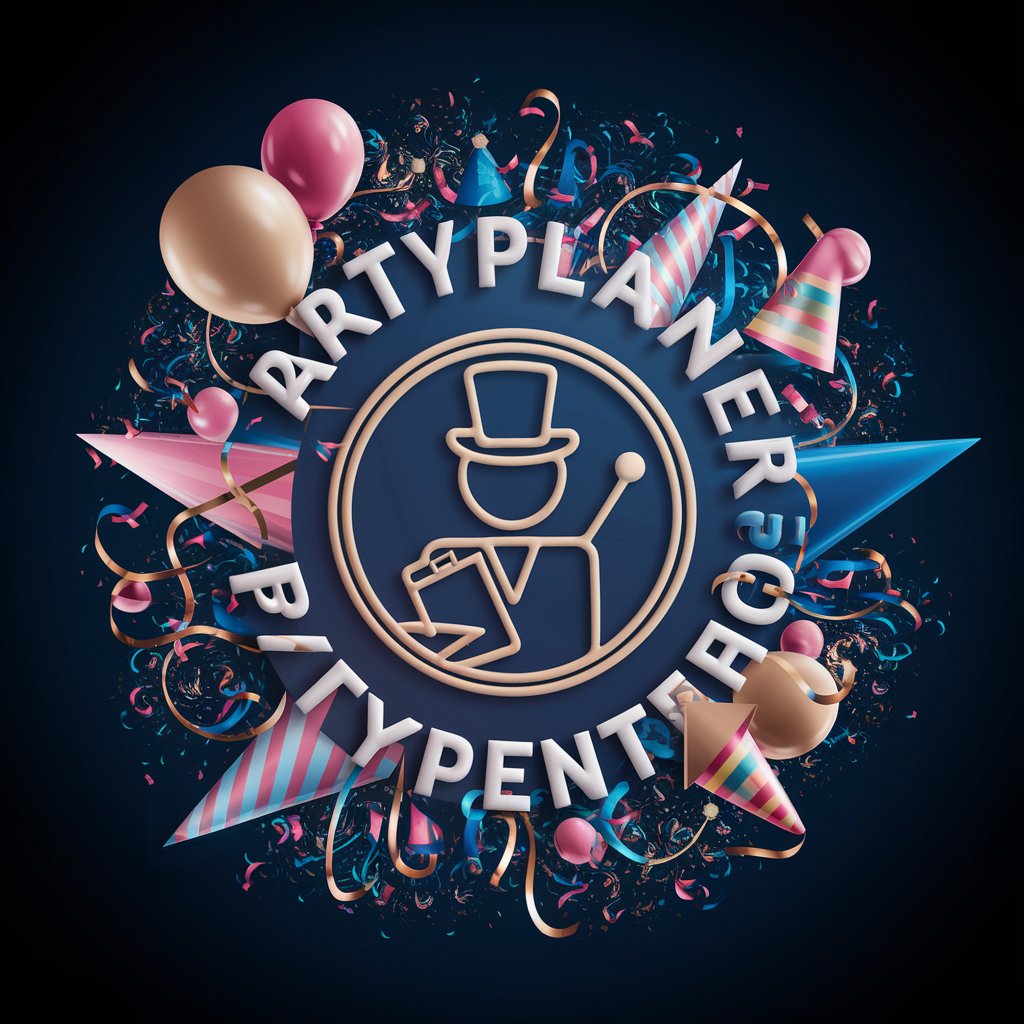omni.ui - Intuitive UI Toolkit

Hello, ready to code?
Craft Your Interface with AI
Generate a modern and sleek logo for a coding assistant AI...
Create a professional and tech-savvy logo for a programming expert...
Design a cutting-edge logo for an AI specialized in software development...
Develop a sophisticated and intelligent logo for a code-focused AI assistant...
Get Embed Code
Introduction to omni.ui
Omni.ui is a comprehensive user interface (UI) framework designed to facilitate the development of UIs within the Omniverse platform. Its primary purpose is to support the creation of highly interactive and visually appealing user interfaces that are tightly integrated with real-time 3D workflows. Omni.ui leverages the power of NVIDIA's Omniverse, a platform for 3D design collaboration and real-time physical simulation. It provides a rich set of UI components and tools, such as windows, buttons, sliders, and complex layout management, enabling developers to build custom UI elements that respond dynamically to the user's interactions and data changes. For example, in a 3D modeling application built on Omniverse, omni.ui can be used to create toolbars, property editors, and custom widgets that allow users to manipulate 3D objects, adjust lighting conditions, or control simulation parameters in real-time. Powered by ChatGPT-4o。

Main Functions of omni.ui
Layout Management
Example
Creating a flexible UI layout that adapts to window resizing or orientation changes.
Scenario
In a scene editor application, layout management helps in dynamically arranging UI components such as toolbars, asset libraries, and property panels, ensuring optimal use of screen real estate and enhancing user experience.
Interactive Widgets
Example
Developing sliders and buttons that allow users to adjust parameters like object size or material properties.
Scenario
In a material editing tool, interactive widgets enable artists to fine-tune material attributes such as roughness, color, and metallic properties, seeing the effects of their adjustments in real-time on a 3D model.
Data Binding
Example
Automatically updating UI elements when the underlying data model changes.
Scenario
In a character animation tool, data binding can be used to synchronize the UI displaying character properties (like bone rotation angles) with the character's model in the scene, ensuring consistency between the UI and the 3D view.
Event Handling
Example
Capturing and responding to user actions such as clicks, drags, or key presses.
Scenario
In a virtual reality (VR) environment setup tool, event handling is used to implement interactions like grabbing and placing virtual objects in the scene or navigating through the environment using a VR controller.
Ideal Users of omni.ui
3D Artists and Designers
This group benefits from omni.ui's ability to create intuitive and accessible tools for complex 3D modeling, texturing, and lighting tasks, enabling them to focus more on creativity and less on navigating complicated software interfaces.
Software Developers
Developers working on applications within the Omniverse ecosystem can leverage omni.ui to rapidly prototype and implement UIs for their tools, whether it's for architectural visualization, automotive design, or virtual production.
Simulation Engineers
Professionals conducting physical simulations for robotics, fluid dynamics, or structural analysis can use omni.ui to build custom control panels and visualization dashboards that interact with simulation data in real-time.
Educators and Trainers
In educational settings, omni.ui can help in creating interactive learning modules and simulation tools that provide students with hands-on experience in subjects like physics, engineering, and digital content creation.

How to Use Omni.UI
1
For a hands-on experience without any commitments, explore yeschat.ai and enjoy a trial that requires no sign-up or ChatGPT Plus subscription.
2
Install the necessary software dependencies, including the NVIDIA Omniverse Create application, to ensure omni.ui is accessible and functional.
3
Familiarize yourself with the Python programming language and basic UI design principles, as omni.ui is extensively used within Python scripts to build user interfaces in the Omniverse Create environment.
4
Utilize the omni.ui documentation and tutorials available within the Omniverse Create community forums or the official documentation to learn about widgets, layout management, and event handling.
5
Experiment by creating simple UI elements such as buttons, sliders, and text fields, and gradually progress to more complex interfaces, leveraging the omni.ui framework's flexibility and power.
Try other advanced and practical GPTs
BM Consulting
Empower Your Business with AI-Driven Insights

Friendscape
Tailoring Tijuana Adventures, Powered by AI

Entertain Tracker
AI-powered, personalized entertainment recommendations.

Quote Generator
Inspire with AI-Powered Quotes

PartyPlanner GPT
AI-powered creativity for memorable events

PetPal GPT
Empowering Pet Owners with AI

GhostWriter | BrainDump
Your AI-Powered Muse for Creative Writing

GhostWriter | Outline GPT
Craft Your Story with AI-Powered Outlines

GhostWriter | Synopsis GPT
Transform Ideas into Engaging Synopses

GhostWriter | DraftProse GPT
Crafting Your Story, Narrated by AI

GhostWriter | FinalProse GPT
Bringing Stories to Life with AI

GhostWriter | Editor GPT
Elevating Your Writing with AI Precision

Omni.UI Q&A
What is omni.ui primarily used for?
Omni.ui is primarily used for building graphical user interfaces (GUIs) within NVIDIA's Omniverse Create applications, enabling developers to design and implement custom UI elements for tools and plugins.
Can omni.ui be used for creating interactive applications?
Yes, omni.ui supports the creation of interactive applications by providing a wide range of widgets and event handling capabilities that allow for dynamic user interfaces.
Is omni.ui suitable for beginners?
While omni.ui is powerful, it requires a basic understanding of Python and UI design principles. Beginners can start with simple projects and utilize available resources to learn progressively.
How does omni.ui handle layout management?
Omni.ui uses a flexible layout management system that allows developers to arrange UI elements automatically based on constraints, such as aligning widgets vertically or horizontally and adjusting to window resizing.
What are some common widgets available in omni.ui?
Common widgets in omni.ui include buttons, sliders, text fields, checkboxes, dropdown menus, and containers for organizing UI elements, among others.
